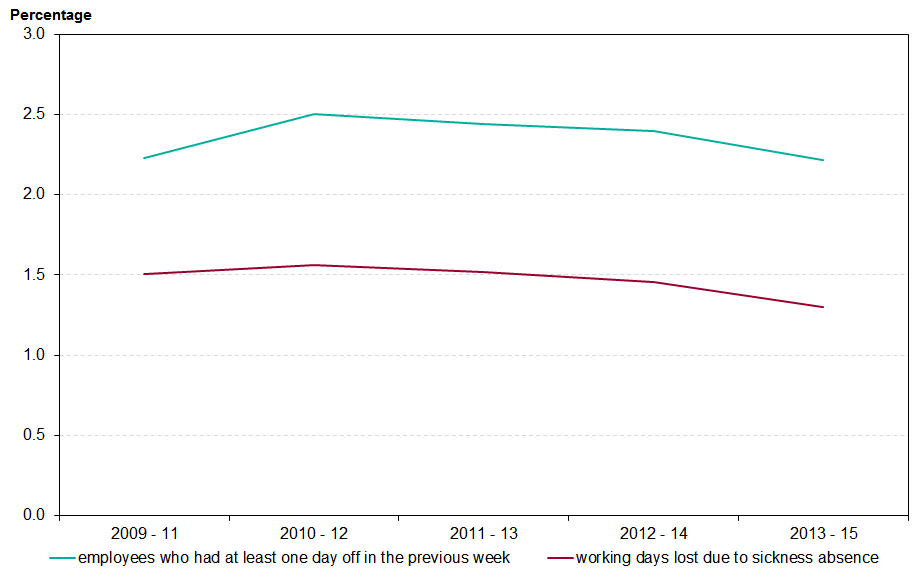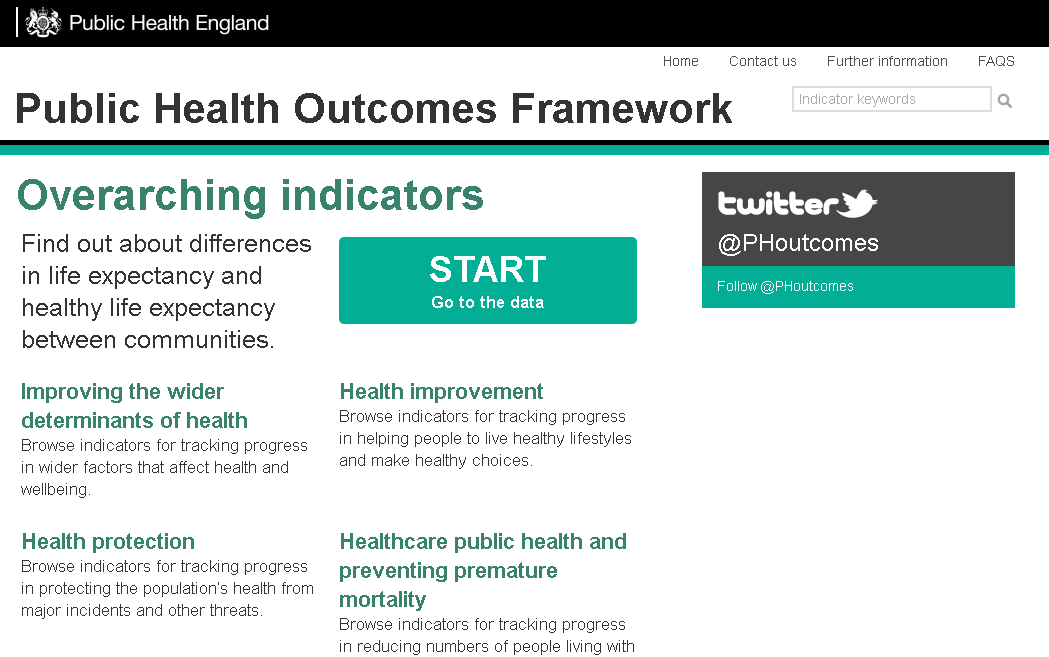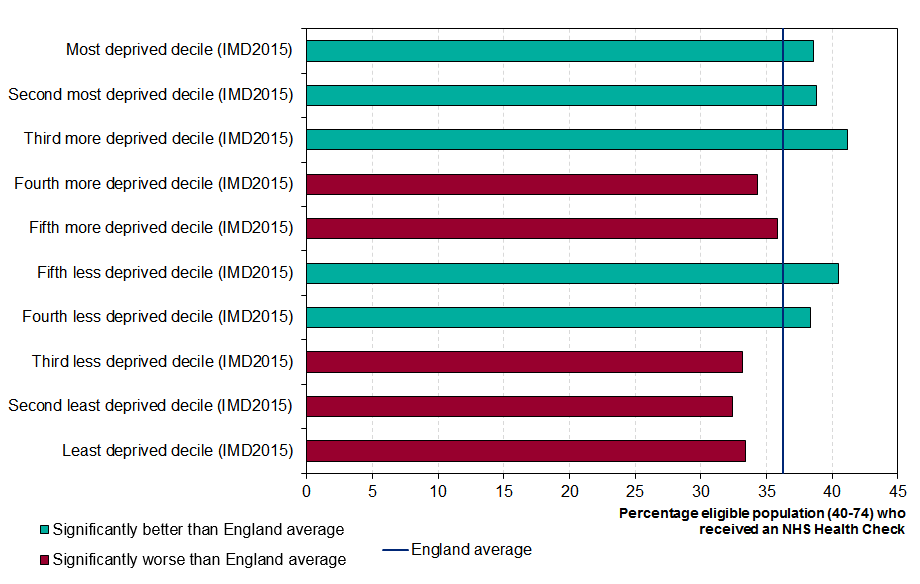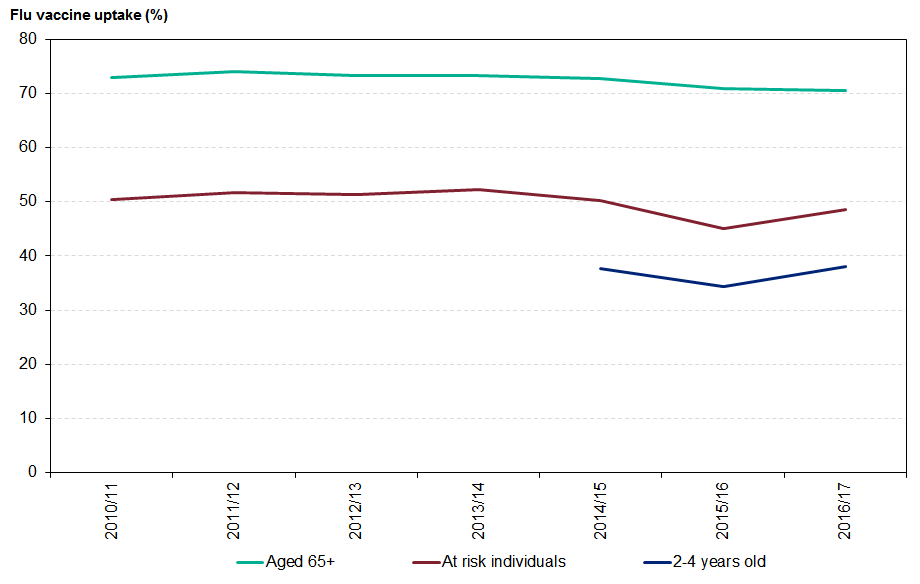This is the third in a series of blogs summarising what we learn each time we update the Public Health Outcomes Framework (PHOF).
PHOF allows us to make informed decisions based on data showing where we stand right now, but also allowing us to track progress.
It covers the full spectrum of what we understand as public health, presenting local authority data for many different health indicators and their determinants as well as offering professionals the chance to look at the national picture.
Our update for August 2017 includes a new data source and definition for the estimated dementia diagnosis rate, allowing data to be presented at local authority level. A further 19 indicators have been updated, including sickness absence, NHS Health Checks, vaccination coverage for hepatitis B and flu, and sight loss.
The gap in employment rate for those with long term health conditions has been revised due to changes in the source data.
Smoking prevalence fell to the lowest recorded
In 2016, of all adult survey respondents in England, 15.5% smoked which equates to around 6.7 million in the population. Smoking prevalence was higher among men (17.4%) than women (13.7%).
Improvement in school pupil absence
The percentage of half days missed by children of compulsory school age (aged 5 to 15 at the start of the school year) decreased in 2015/16, compared with the previous academic year. The trend based on the five most recent years has also been decreasing. Pupil absence varies by ethnic group, ranging from 2% in the Chinese group to 5% in the Mixed group. Absence is higher in boys than girls.
Fall in first time entrants to the youth justice system
The rate of first time entrants to the youth justice system (10-17 year olds receiving their first conviction or youth caution) improved in 2016, decreasing compared with 2015. However, there were still over 15,000 new entrants to the system. The trend based on the five most recent years has also been improving. The rate in the most deprived areas is more than double that in the least deprived areas.
Fall in first time offending
The rate of first time offenders decreased in 2016 when compared with the previous year, although there were still nearly 120,000 new offenders. This was the second consecutive year where the rate reduced significantly. The rate differs by deprivation with the more deprived areas having higher rates than the less deprived areas.
Increase in mental illness amongst people in prison
The percentage of people in prison with a mental illness increased in 2016/17 compared with 2015/16. However this was a relatively small increase of 0.4 percentage points.
Reduction in sickness absence
Sickness absence improved in 2013-15, decreasing for the percentage of employees who had at least one day off in the previous week and for the percentage of working days lost due to sickness absence compared with the previous period.
 Around half of those offered an NHS Health Check have received one
Around half of those offered an NHS Health Check have received one
In year 4 of the first 5 year period of the NHS Health Check programme nearly three quarters of the eligible population have been offered an NHS Health Check. The eligible population includes everyone aged between 40 and 74, who have not already been diagnosed with heart disease, stroke, diabetes, kidney disease and certain types of dementia.
Of those offered an NHS Health Check, just under half have received a check, meaning over five and a half million checks have been carried out. This is just over a third (36%) of the eligible population.
The percentage of people being offered and taking up the offer of an NHS Health Check varied by deprivation decile with no discernible pattern, whilst the chart below shows the percentage of all the eligible population who received a Health Check was highest in the three most deprived decile groups and lowest in the three least deprived decile groups.
Small decline in chlamydia detection rate
In 2016, over 1.4 million chlamydia tests were carried out in England among young people aged 15 to 24 years. A total of 128,098 chlamydia diagnoses were made among this age group, equivalent to a detection rate of 1,882 per 100,000 population.
In the five years since the Chlamydia Testing Activity Dataset (CTAD) was implemented there has been a decline in the detection rate.
Flu vaccination decreased for those 65 and over, but increased for at risk individuals and children aged 2-4
In 2016/17 vaccination coverage for flu in those aged 65+ reduced slightly compared with 2015/16. Coverage was 70.5% against an ambition for the immunisation programme of 75% uptake.
Similar ambitions for at risk individuals (55%) and children aged 2-4 (65%) were not met, although coverage improved for both groups in the last year, with coverage in 2-4 year olds the highest it has been for the three years this indicator has been reported.
Approximately two thirds of estimated cases of dementia have been diagnosed
The estimated dementia diagnosis rate (aged 65+) is benchmarked against the national ambition to have diagnosed more than two thirds of estimated cases of dementia. This is the first publication of this indicator in PHOF using a revised definition and new data source.
In 2017, the rate varied by region with the lowest rate of 63% in the South West, and the highest rate of 76% in the North East, which was the only region diagnosing significantly more than two thirds of cases.
Are you interested in health data? For more updates follow PHE on Twitter or view our collection of data tools.




1 comment
Comment by David Gilding posted on
Nice one Dave J - keep up the good work!